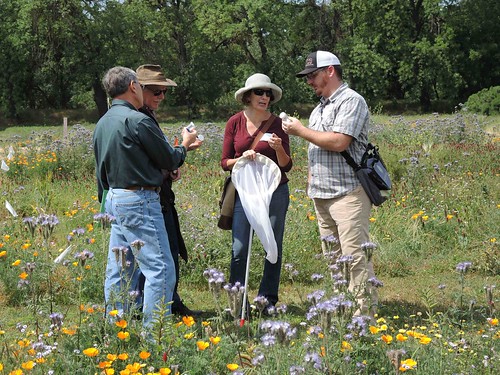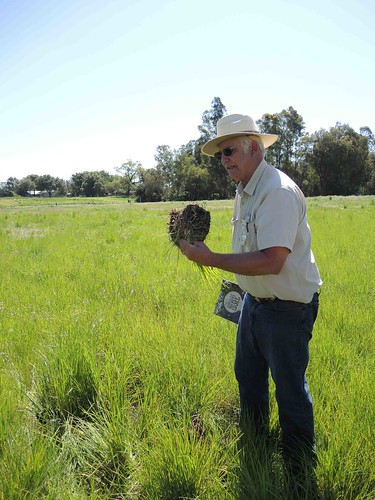
All this month we will be taking a look at what a changing climate means to Agriculture. The ten regional USDA Climate Hubs were established to synthesize and translate climate science and research into easily understood products and tools that land managers can use to make climate-informed decisions. The Hubs work at the regional level with an extensive network of trusted USDA agency partners, technical service providers, University collaborators, and private sector advisers to ensure they have the information they need to respond to producers that are dealing with the effects of a variable climate. USDA's Climate Hubs are part of our broad commitment to developing the next generation of climate solutions, so that our agricultural leaders have the modern technologies and tools they need to adapt and succeed in the face of a changing climate."
There are many ways that farmers can use plant cover to mitigate and adapt to climate change. To learn climate-smart practices, farmers can turn to resources like USDA’s Plant Materials Center in Lockeford, California (CAPMC) which is one of 25 PMCs nationwide. Established in the 1930’s to help with plant-based tools to combat the Dust Bowl, the PMCs test, develop, and deploy plant mixtures and cultivars to solve conservation challenges. These challenges include soil erosion, water and air pollution, riparian degradation, loss of wildlife habitat – and now, climate change.
The basic idea is to emulate some of the useful features of natural ecosystems: diverse plant species, permanent cover in all seasons, and healthy soil rich in organic matter and biota. Not only can these features increase resilience to climate variability and extreme weather, they usually have side benefits of increasing soil carbon and even increasing crop yields. There is no one-size-fits-all solution, which is why PMCs work to develop locally appropriate options.

One such option is pollinator-friendly cover crops. In California, many fruits and vegetables (such as almonds, cherries, melons, and tomatoes) depend on pollinators to achieve good yields. Honeybees and other pollinators have recently experienced serious declines due to a still-unknown combination of factors that may include pesticides, mites, habitat loss, and climate. CAPMC evaluates plantings of “pollinator mixes” developed by partners including Project Apis M and the Xerces Society. The PMC tests the effectiveness of the plant mixes for California farmers’ production systems. Not only can this help bees thrive in a changing climate, the bees may return the favour with native bees helping buffer crops against environmental variability.
Another example of climate-smart agriculture for California is enhancing soil organic matter in rangelands through practices such as compost application and use of deep-rooted perennial grasses. Starting in 2016 on a site planted to several different pasture grasses, CAPMC is participating in state-wide trials that will examine the effect of experimental compost application on soil carbon, forage productivity, and other parameters of pasture quality and soil health. Not only can soil carbon help mitigate climate change; it can increase soil moisture, helping ranchers weather drought conditions.
The California Climate Sub Hub is developing a partnership with CAPMC to highlight the known benefits of some of these conservation practices, and to seek farmer input where concerns arise – for example, ensuring orchard cover crops do not take needed moisture from the trees. Climate-smart agriculture is intended to benefit not only the land itself, but the producers who depend on it.



